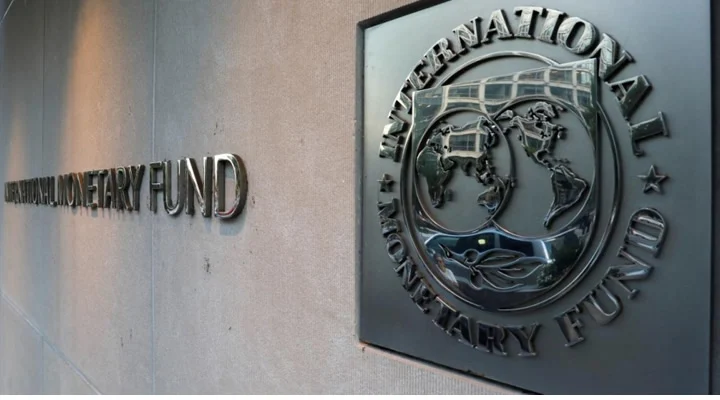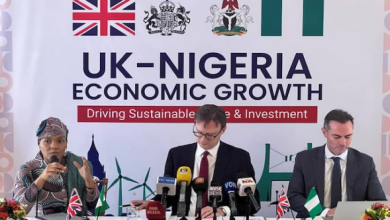IMF projects global steady growth in 2024, 2025

The International Monetary Fund (IMF) says global growth in 2024 and 2025 is projected to hold steady at 3.2 per cent, at the same pace as in 2023.
This is according to the IMF’s latest World Economic Outlook (WEO) Update Report for April 2024: “Steady But Slow: Resilience Amid Divergence” released on Tuesday in Washington DC.
The report said the forecast for 2024 was revised up by 0.1 percentage points from the January 2024 WEO update and by 0.3 percentage points from the October 2023 WEO.
It said the pace of expansion was low by historical standards, owing to both near-term factors, such as still-high borrowing costs and withdrawal of fiscal support.
“Also by longer-term effects from the COVID-19 pandemic and Russia’s invasion of Ukraine; weak growth in productivity; and increasing geoeconomic fragmentation.”
The report said there would be a slight acceleration for advanced economies, where growth was expected to rise from 1.6 per cent in 2023 to 1.7 per cent in 2024 and 1.8 per cent in 2025.
It said emerging markets and developing economies would witness a modest slowdown from 4.3 per cent in 2023 to 4.2 per cent in both 2024 and 2025.
“The forecast for global growth five years from now at 3.1 per cent is at its lowest in decades.”
The report showed growth in Sub-Saharan Africa was projected at 3.8 in 2024 and 4.0 in 2025.
It revealed that economic growth in Nigeria was projected at 3.3 in 2024 and 3.0 in 2025.
The report said global headline inflation was expected to fall from an annual average of 6.8 per cent in 2023 to 5.9 per cent in 2024 and 4.5 per cent in 2025, with advanced economies returning to their inflation targets sooner than emerging market and developing economies.
“The pace of convergence toward higher living standards for middle-and lower-income countries has slowed, implying persistence in global economic disparities.”
It said on the downside, new price spikes stemming from geopolitical tensions, the war in Ukraine, and the conflict in Gaza and Israel, could raise interest rate expectations and reduce asset prices.
“This is along with persistent core inflation where labor markets are still right.
“A divergence in disinflation speeds among major economies could also cause currency movements that put financial sectors under pressure.
“Amid high government debt in many economies, a disruptive turn to tax hikes and spending cuts could weaken activity, erode confidence, and sap support for reform and spending to reduce risks from climate change.
“Geoeconomic fragmentation could intensify, with higher barriers to the flow of goods, capital, and people implying a supply-side slowdown.”
It said on the upside, that looser fiscal policy than necessary and assumed in projections could raise economic activity in the short term, although risking more costly policy adjustments later on.
“Inflation could fall faster than expected amid further gains in labor force participation, allowing central banks to bring easing plans forward.
“Artificial intelligence and stronger structural reforms than anticipated could spur productivity.”
The report said as the global economy approaches a soft landing, the near-term priority for central banks was to ensure that inflation touched down smoothly.
“They should do this by neither easing policies prematurely nor delaying too long and causing target undershoots.
“At the same time, as central banks take a less restrictive stance, a renewed focus on implementing medium-term fiscal consolidation to rebuild room for budgetary maneuver and priority investments, and to ensure debt sustainability, is in order.”
The report said cross-country differences called for tailored policy responses.
It said intensifying supply-enhancing reforms would facilitate inflation and debt reduction, allow economies to increase growth toward the higher pre-pandemic era average, and accelerate convergence toward higher income levels.
“Multilateral cooperation is needed to limit the costs and risks of geoeconomic fragmentation and climate change, speed the transition to green energy, and facilitate debt restructuring.”



